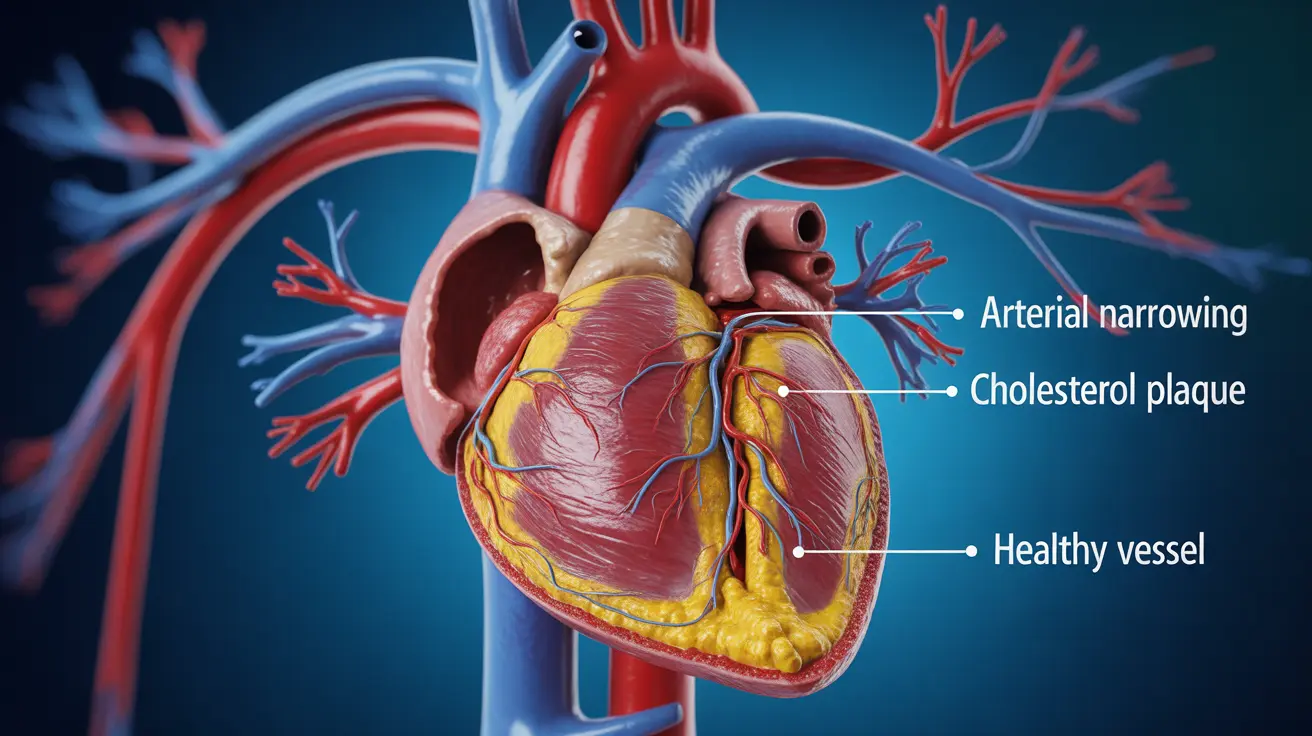Paronychia is a common but potentially serious infection that affects the soft tissue around your fingernails or toenails. This condition can cause significant discomfort and, if left untreated, may lead to complications. Understanding its causes, symptoms, and treatment options is crucial for proper management and prevention.
Whether you're dealing with an acute case or managing chronic symptoms, knowing how to identify and address paronychia early can help prevent more severe complications and promote faster healing.
Understanding Paronychia Types and Causes
Paronychia typically occurs in two forms: acute and chronic. Each type has distinct characteristics and underlying causes that require different approaches to treatment.
Acute Paronychia
Acute paronychia develops suddenly and is usually caused by bacterial infection. Common triggers include:
- Trauma to the nail or surrounding skin
- Aggressive manicuring or pedicuring
- Nail biting or finger sucking
- Puncture wounds around the nail
Chronic Paronychia
Chronic paronychia develops gradually and persists for six weeks or longer. It's often associated with:
- Repeated exposure to water or chemicals
- Fungal infections
- Underlying skin conditions
- Occupational hazards (such as dishwashing or cleaning work)
Recognizing the Symptoms
Early recognition of paronychia symptoms is essential for proper treatment and prevention of complications.
Common Signs and Symptoms
- Redness and swelling around the nail
- Tenderness and pain to touch
- Warmth in the affected area
- Possible pus collection
- Changes in nail appearance or texture
Diagnosis and Medical Assessment
Healthcare providers typically diagnose paronychia through physical examination and patient history. In some cases, additional testing may be necessary to determine the specific cause of infection.
When to Seek Medical Care
Seek immediate medical attention if you experience:
- Severe pain or spreading infection
- Fever or chills
- Multiple affected fingers or toes
- Underlying health conditions that may complicate healing
Treatment Approaches
Treatment options vary depending on the type and severity of the infection.
Conservative Management
- Warm water soaks
- Over-the-counter pain relievers
- Proper nail care and hygiene
Medical Interventions
More severe cases may require:
- Oral or topical antibiotics
- Antifungal medications
- Surgical drainage in severe cases
- Removal of part of the nail in chronic cases
Prevention Strategies
Preventing paronychia involves proper hand care and protective measures, especially for those at higher risk.
Essential Prevention Tips
- Keep hands and feet dry
- Wear protective gloves when working with water
- Avoid nail biting and cuticle manipulation
- Practice proper manicure and pedicure hygiene
- Use moisturizer to prevent skin cracks
Frequently Asked Questions
What are the common causes and risk factors of paronychia infection around the nails? Paronychia is commonly caused by trauma to the nail area, frequent water exposure, and poor nail hygiene. Risk factors include occupational exposure to moisture, nail biting, and aggressive manicuring.
What are the typical symptoms that help identify acute versus chronic paronychia? Acute paronychia develops suddenly with intense pain, redness, and swelling, often with pus formation. Chronic paronychia develops gradually, causing persistent mild inflammation and nail changes over weeks or months.
How is paronychia diagnosed and when should I see a doctor for treatment? Diagnosis is typically based on physical examination and symptoms. See a doctor if you experience severe pain, spreading infection, fever, or if you have underlying health conditions that may complicate healing.
What treatment options are available for bacterial and fungal paronychia infections? Treatment options include warm soaks, oral or topical antibiotics for bacterial infections, antifungal medications for fungal cases, and possibly surgical drainage for severe infections.
How can I prevent paronychia, especially if I frequently expose my hands to water or irritants? Prevent paronychia by wearing protective gloves when working with water, maintaining good nail hygiene, avoiding nail biting, and keeping hands dry. Use moisturizer regularly and practice proper manicure techniques.




